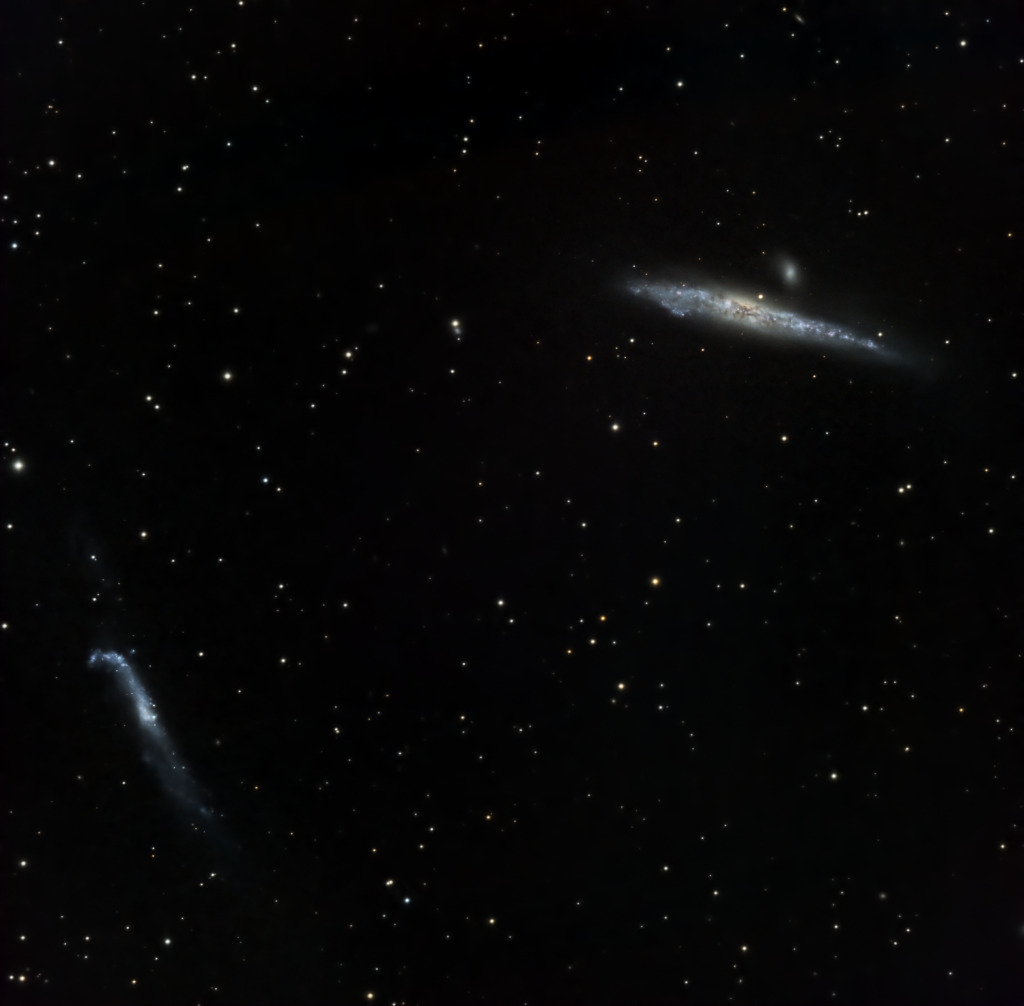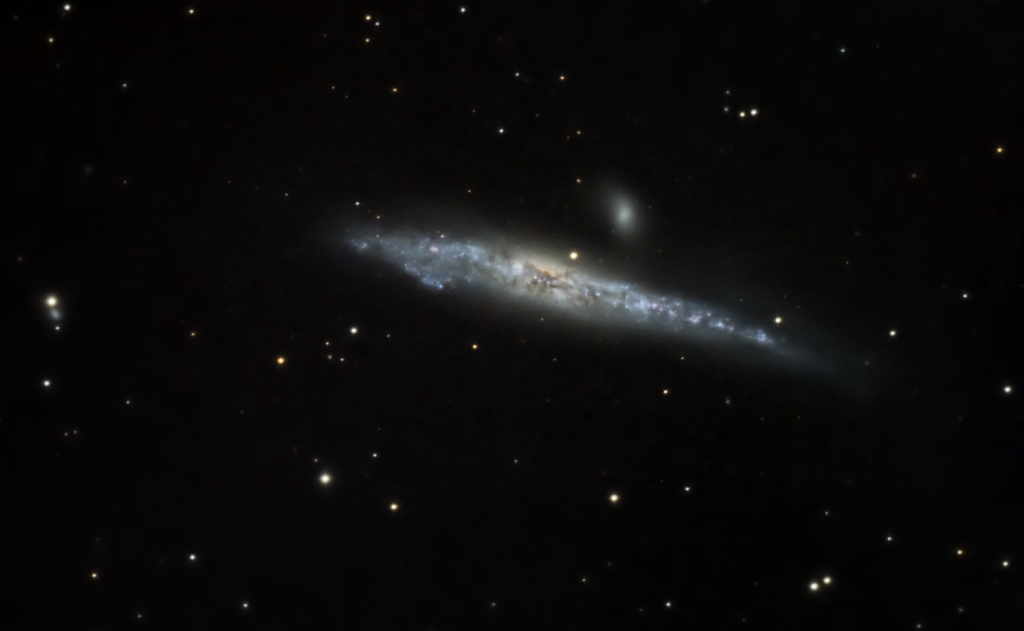
Similar Posts

Cone Nebula
Narrowband image of the cone-shaped absorption nebula in front of the brighter emission nebula in this interesting region of the Christmas Tree Cluster, about 2,700 light-years away.

Another glob.
Here we have another globular cluster: M53. You don’t see this one imaged too often, but it’s still quite pretty. I’ve never met a globular cluster I didn’t like. It’s one of the more distant globular clusters in our galaxy, about 60,000 light-years away.

The Great American Eclipse
I wasn’t able to travel to the path of totality, but here from Florida we still had a partial eclipse. Here’s my shot at its peak, viewed through a special solar telescope using a Hydrogen-Alpha filter to bring out all the roiling detail of the sun’s surface. Check out those prominences around the edge!

Centaurus A! A weird and challenging galaxy…
Our new home has clear views of the sky down to about 15 degrees from the horizon; which means some objects that are normally considered only visible from the Southern hemisphere just peek above our trees for a few hours. One such object is the galaxy Centaurus A; it’s an odd galaxy that looks like…

Revisiting the Crescent Nebula
I’ve imaged this one before, but for whatever reason I picked up way more detail on it last night. Part of it’s a better camera and better tracking on the telescope mount, but I think conditions may have just been really awesome last night. It’s not normal to have this many good nights for astrophotography…

The star next door.
I just added a Lunt 40mm solar telescope to the arsenal here… figuring it out was challenging, but eventually I got it working! This ain’t bad for my very first solar image; still lots to learn though.


